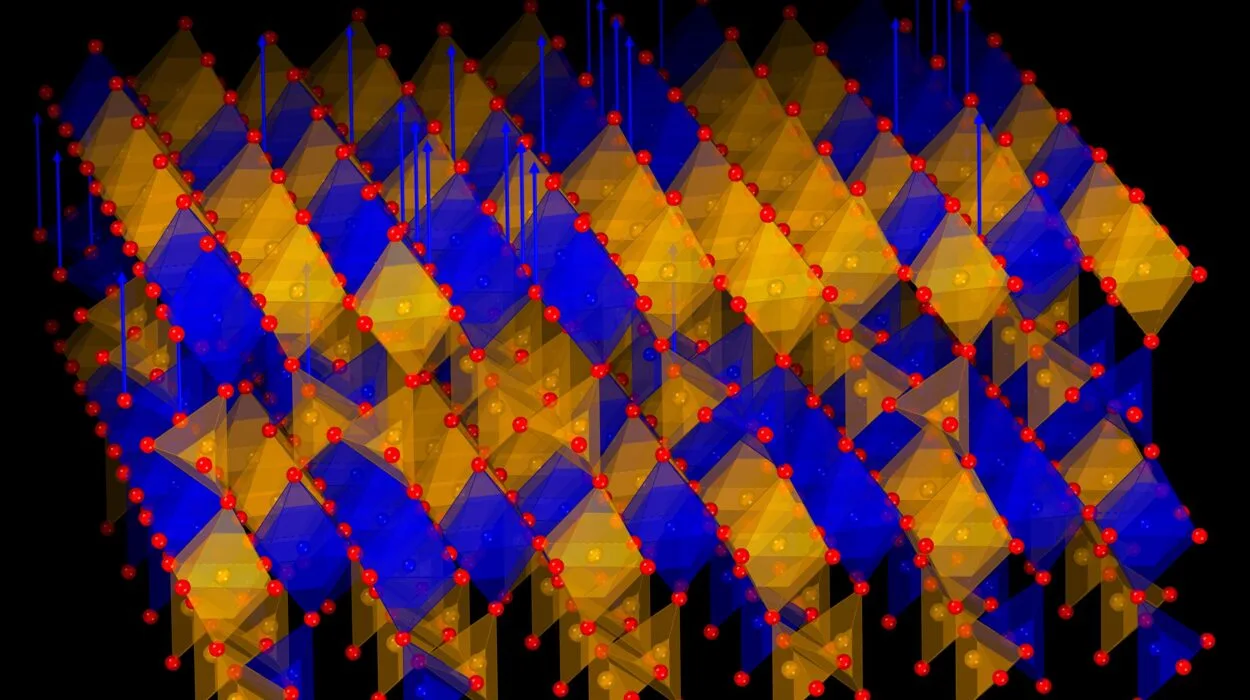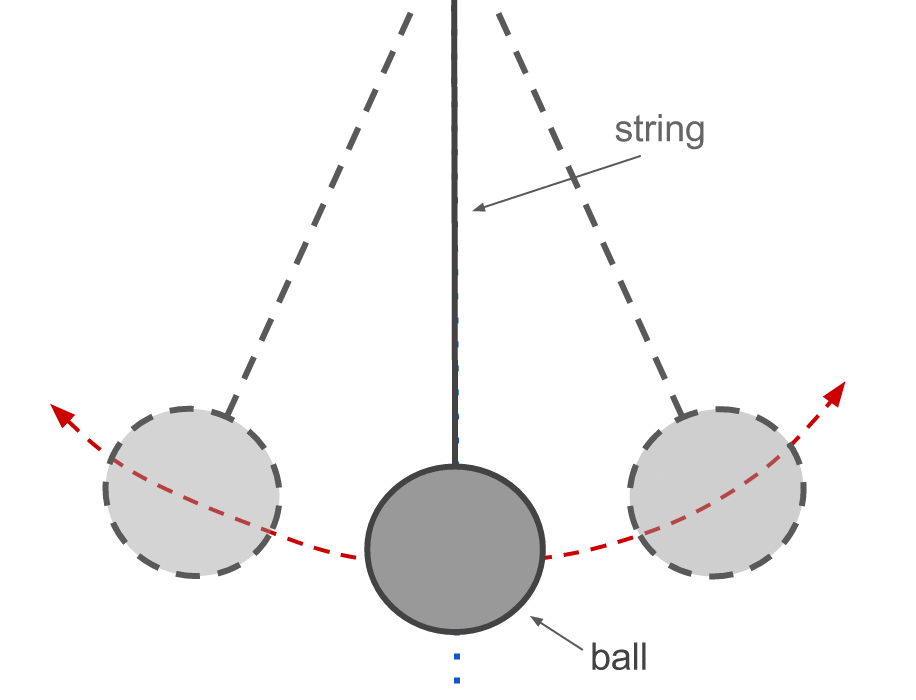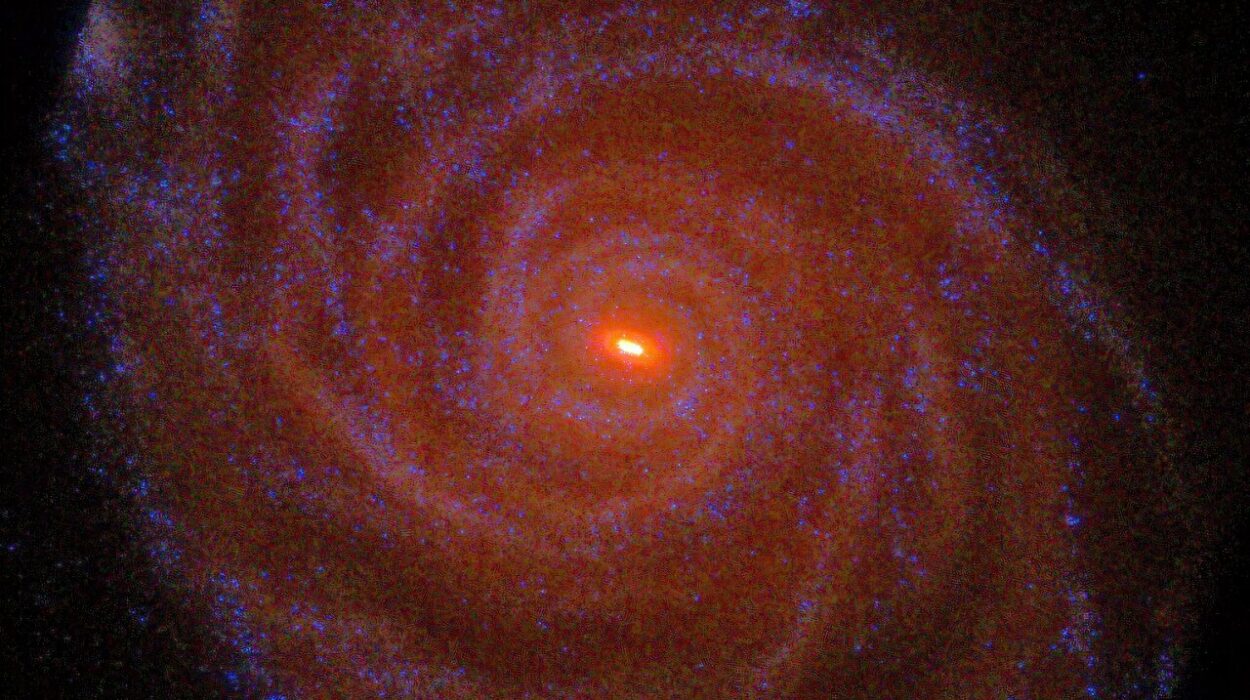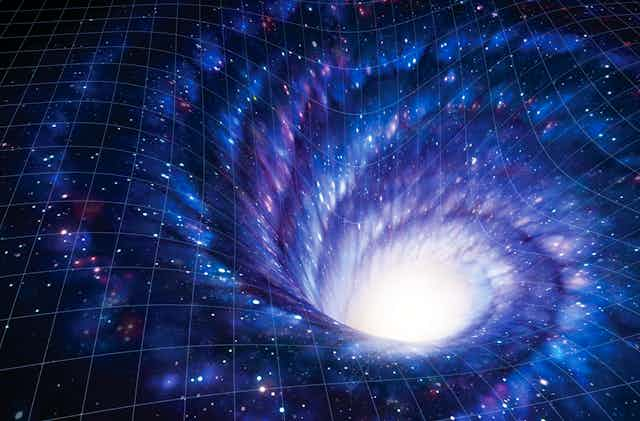Imagine a universe where anything could travel faster than the speed of light. Messages would arrive before they were sent, cause and effect would get hopelessly tangled, and the very fabric of reality as we know it would unravel. Yet, as baffling as it may seem, this is not just a theoretical construct or a quirk of imagination—it’s the fundamental law governing everything from the tiniest particle to the largest galaxy. The speed of light, approximately 299,792,458 meters per second in vacuum, stands as an unbreakable cosmic speed limit.
But why is the speed of light such a boundary? What is it about this particular speed that makes it universal? And how has our understanding of it reshaped physics and even philosophy? This article dives deep into the mystery and marvel of the speed of light, exploring its origins, implications, and the astonishing consequences it carries for space, time, and the nature of reality itself.
The Nature of Light: Waves, Particles, and Photons
To understand why the speed of light is so special, we must first understand what light is. For centuries, scientists debated the nature of light—was it a wave, a stream of particles, or something else entirely?
In the 17th century, the wave theory of light gained prominence through the work of Christiaan Huygens, who proposed that light behaves like ripples in a pond, spreading out in waves. Later, in the 19th century, James Clerk Maxwell unified electricity and magnetism into a single theory of electromagnetism and showed that light is an electromagnetic wave. Maxwell’s equations predicted that electromagnetic waves travel at a constant speed, which matched the measured speed of light, suggesting that light itself is an oscillating electromagnetic field.
However, this wave theory couldn’t explain everything. The photoelectric effect, observed in the late 19th and early 20th centuries, showed that light could knock electrons off a metal surface only if it had a certain minimum frequency, regardless of intensity. This behavior hinted that light also behaves like a particle—discrete packets of energy called photons. Albert Einstein explained this phenomenon by introducing the concept of photons, earning him the Nobel Prize.
Thus, light is a quantum object with both wave-like and particle-like properties—a duality that makes it uniquely complex. But regardless of its nature, what unites these aspects is that light travels at an invariant speed: the speed of light, denoted by the letter c.
The Constant Speed of Light: A Radical Discovery
Before the 20th century, physicists assumed that speeds simply added together—if you threw a ball forward from a moving train, its speed relative to the ground was the sum of the train’s speed and the ball’s speed. It seemed natural to expect the same with light: that if you raced toward a beam of light, you would encounter it faster, and if you moved away, slower.
Yet experiments, most famously the Michelson-Morley experiment in 1887, found something astonishing. No matter how Earth moved through space, the measured speed of light remained constant. This puzzling result suggested that light’s speed does not depend on the motion of its source or the observer—a revolutionary insight.
This constancy of c upended classical physics and set the stage for Albert Einstein’s Special Theory of Relativity in 1905. Einstein postulated two fundamental principles: the laws of physics are the same for all inertial observers, and the speed of light in vacuum is the same for all observers, regardless of their relative motion.
From these postulates came astonishing consequences: time dilates, lengths contract, and simultaneity becomes relative. But underpinning it all was the fact that nothing could surpass the speed of light.
Why the Speed of Light is the Speed Limit
Why can’t anything go faster than c? The answer lies in the way space and time are intertwined, and how energy and mass relate.
In classical mechanics, speed is simply the distance traveled over time. But in relativity, space and time are linked into a four-dimensional fabric called spacetime. Objects move through spacetime, and the speed of light defines the maximum rate at which information or matter can travel through this fabric.
As an object with mass accelerates toward the speed of light, its relativistic mass effectively increases, requiring more and more energy for further acceleration. Approaching c demands infinite energy, which is impossible to achieve, thus creating a natural speed limit.
Photons, which have zero rest mass, always move exactly at c. They can’t move slower, and they can’t move faster—it’s the speed they must have. This universal speed limit preserves causality, meaning causes precede effects, maintaining the logical order of events.
Spacetime and the Geometry of Light
Special relativity introduced a new geometry of the universe—one where the intervals between events are measured differently depending on the observer’s motion. The speed of light acts like the “ruler” for this geometry.
In this framework, light travels along what physicists call “null geodesics” — paths in spacetime that have zero interval, meaning no time passes for a photon as it travels. To us, light takes time to move from one place to another, but for the photon itself, its journey is instantaneous.
This geometry has profound implications. It means that the speed of light is the same in all directions and for all observers, regardless of their velocity, and that simultaneity is not absolute but relative. Two events that seem simultaneous to one observer might not be to another moving at a different speed.
Implications for Time and Space
Because nothing can travel faster than light, our common intuitions about time and space must be re-examined. Time itself becomes relative. Clocks moving near the speed of light tick slower relative to a stationary observer—a phenomenon known as time dilation. Similarly, objects contract along the direction of motion, called length contraction.
These effects have been confirmed repeatedly in experiments with fast-moving particles, atomic clocks on airplanes, and in particle accelerators. For example, muons produced in the upper atmosphere by cosmic rays decay much more slowly than they would at rest, because they travel near light speed on their way to the Earth’s surface.
Moreover, the finite speed of light imposes a limit on how quickly information can be transmitted. Signals, messages, and physical influences cannot propagate faster than c, preserving causality and preventing paradoxes like time travel into the past.
The Speed of Light and Gravity
Einstein’s later work, the General Theory of Relativity, extended these concepts to gravity. Gravity is no longer seen as a force acting instantaneously at a distance (as Newton proposed) but as the curvature of spacetime caused by mass and energy.
Changes in the gravitational field propagate at the speed of light, meaning that if the Sun were to suddenly vanish (a hypothetical scenario), Earth would continue orbiting the “empty” spot for about eight minutes—the time it takes light to travel from the Sun to Earth.
This insight was spectacularly confirmed in recent years with the detection of gravitational waves—ripples in spacetime caused by violent cosmic events like merging black holes or neutron stars—that travel at the speed of light.
Why Nothing Can Exceed the Speed of Light: Energy and Mass
The formula E=mc² reveals the deep connection between energy and mass. When an object accelerates toward the speed of light, its kinetic energy increases without bound, and so does its effective mass. This makes pushing it beyond the speed of light require infinite energy—something that is not physically achievable.
This principle also explains why massless particles like photons always move at c and why particles with rest mass, like electrons or protons, can never reach or exceed it. The speed of light thus stands as a natural barrier woven into the fabric of physics.
Speed of Light in Different Mediums
While c is the speed of light in vacuum, light travels slower in materials like glass or water. This slowing occurs because photons interact with the atoms in the medium, being absorbed and re-emitted, effectively causing a delay.
However, the fundamental speed limit remains c—the speed at which light moves in empty space. Even if light slows down in a medium, no information or matter can surpass the vacuum speed of light.
Beyond Light Speed? Tachyons and Hypotheticals
Speculation about particles traveling faster than light, known as tachyons, has intrigued physicists and science fiction enthusiasts alike. Tachyons, if they existed, would violate causality and the structure of spacetime as we understand it. Despite extensive theoretical and experimental searches, no evidence for tachyons has been found.
Similarly, concepts like wormholes or warp drives propose ways to “shortcut” through spacetime to achieve faster-than-light travel from an external observer’s viewpoint, but these remain speculative and would require exotic forms of matter and energy.
The Speed of Light and Modern Technology
The speed of light’s constancy underpins much of modern technology. Global positioning systems (GPS), for example, rely on precise timing of signals traveling at light speed between satellites and receivers. Corrections based on relativity are essential to maintain the system’s accuracy.
Fiber-optic communications transmit information close to light speed through glass fibers, enabling the internet and global communications infrastructure. Even particle accelerators depend on relativistic physics to control particles moving near light speed.
Philosophical Reflections: Light and Reality
The idea that light speed is the ultimate speed limit raises profound philosophical questions. It challenges our notions of absolute time and space, suggesting that reality is far stranger and more interconnected than everyday experience reveals.
Einstein himself remarked that the most beautiful experience is the mysterious—the source of all true art and science. The speed of light encapsulates this mystery, acting as both a physical law and a symbol of the limits and possibilities of human understanding.
Conclusion: Light as the Universal Limit
The speed of light is not just a number or a physical constant—it is a cornerstone of our understanding of the universe. It defines the structure of spacetime, governs the behavior of matter and energy, and maintains the causal order that allows us to make sense of cause and effect.
From the earliest experiments to the latest discoveries in cosmology and quantum mechanics, the speed of light remains the ultimate speed limit—an elegant, immutable boundary that continues to inspire wonder, challenge our intellect, and shape the very nature of reality.





